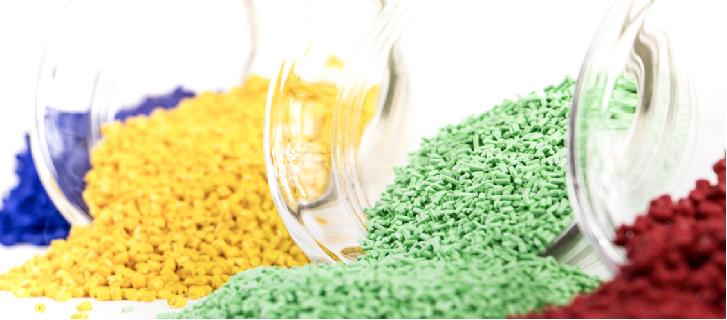The significance of pigment dispersion on plastic coloring
The dispersion of pigments is extremely important for the coloring of plastics. The final effect of pigment dispersion not only affects the tinting strength of the pigment, but also affects the appearance of the colored product (such as spots, streaks, gloss, color and transparency), and also directly affects the quality of the colored product, such as the strength, elongation, resistance of the product. Aging and resistivity, etc., also affect the processing performance and application performance of plastics (including color masterbatch).
The dispersibility of pigments in plastics refers to the ability of pigments to reduce the size of aggregates and agglomerates to a desired size after wetting. Almost all the properties of pigments in plastic applications are based on the degree to which pigments can be ideally dispersed. Therefore, the dispersibility of pigments is a very important indicator for the application on plastic coloring.
In the process of pigment production, the crystal nucleus is first formed. The growth of the crystal nucleus is a single crystal at the beginning, but it soon develops into a polycrystal with a mosaic structure. Of course, its particles are still quite fine, and the linear size of the particles is about 0.1 to 0.5 μm, which are generally called primary particles or primary particles. Primary particles tend to aggregate, and the aggregated particles are called secondary particles. According to the different aggregation methods, the secondary particles are customarily divided into two categories: one is that the crystals are connected by crystal edges or angles, the attraction between the crystals is relatively small, the particles are relatively loose, and are easily separated by dispersion, which is called attachment. Aggregate; another type, the crystals are bordered by crystal planes, the attractive force between the crystals is strong, the particles are relatively solid, called aggregates, the total surface area of the aggregates is less than the sum of the surface areas of their respective particles, and the aggregates rely on general dispersion processes. It is almost difficult to disperse.
Post time: Aug-05-2022


